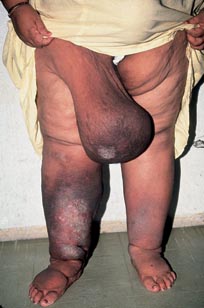4.2 The importance of hygiene
In public health parlance, hygiene behaviour encompasses the wide range of actions taken by individuals to maintain a standard of cleanliness of their bodies, domestic environments and workplaces to prevent the transmission of infection. It includes all the personal actions associated with excretion and the disposal of human and animal waste and refuse, the washing of persons, clothing, implements and structures (e.g. floors, lavatories and latrines), the handling of domestic animals, and the preparation of food.
When clean water and sanitation were installed in London in the nineteenth century, the epidemics of cholera that had claimed thousands of lives rapidly came under control. However, typhoid fever continued to be a problem for several more decades. The eventual reduction in typhoid was ascribed to the increasing availability of piped water and soap inside domestic households, the safe disposal of waste water from houses, and the increasing social imperative for personal hygiene.
Name another infection that can be controlled by personal hygiene.
You might have thought of typhus, because frequent washing of the body and clothing reduces the frequency of its vector, the human body louse. Washing can also reduce the transmission of the mites causing scabies, an infectious inflammation of the skin.
Personal hygiene can also alleviate some of the suffering caused by secondary infections of inflamed tissues. For example, careful washing and drying reduces the secondary bacterial infections which often colonise the inflamed skin folds of people with elephantiasis resulting from the blockage of lymphatic vessels by filarial worms (Figure 10).

However, although personal hygiene is a matter for the individual, it also requires the provision of certain infrastructures (e.g. covered wells, water mains), the means to purchase certain goods (e.g. soap, domestic cleaning agents) and a culture that is supportive of personal, domestic and public cleanliness. These are all in short supply in the poorest parts of the world.
